Last Updated on August 2, 2021
Ink & Pixel is a source of pride and joy for me as a writer and as such, I’m always striving to take this column further for those who read and enjoy it. If you yourself, or anyone you know, helped to make any of the amazing feature animated films found within this column, I would love to talk to you to further my knowledge. Please contact me at [email protected] so we can discuss it further.

This Ink & Pixel is dedicated to the memory and genius of Mr. Harold Ramis
Writer, Director, Producer, Actor, Ghostbuster
(1944-2014)
Like every other kid growing up in the 80s, I was obsessed with the Ghostbusters. I collected it all: the Play-Doh packs, the electric toothbrush, Shrinky Dinks, action figures, and even the firehouse playset! I would pass countless hours of playtime with a plastic proton pack strapped to my back, while hopped up on Ecto Cooler, never once caring that the taste of it resembled something akin to a bar of soap having had sex with a houseplant.

To this day, people all over the world celebrate the legacy of four brave paranormal scientists from New York City, proving unequivocally that the Ghostbusters are still a pop culture icon to be reckoned with. With that said, it’s my pleasure to honor Dr. Peter Venkman, Dr. Raymond “Ray” Stantz, Dr. Egon Spengler, and Winston Zeddmore as part of this week’s Ink & Pixel.

Back in 1984, a supernatural science-fiction comedy featuring four charismatic paranormal scientists captured the hearts of movie goers from all over the globe. Directed by Ivan Reitman, and written by Saturday Night Live alum Dan Aykroyd along with the aid of the late Harold Ramis, GHOSTBUSTERS would go down in cinematic history as one of the most influential juggernauts to ever grace the silver screen. To say the film was a monumental success would be an understatement. After all, the film was produced using a budget of just $30 million, then closed its theatrical run with a record breaking total of $291,632,124!

The popularity of the film spread throughout our pop culture like wildfire. It got to the point where anytime someone would utter the words, “Who you gonna call?” or “I ain’t afraid of no ghosts.” anyone within earshot would echo the phrase – or possibly break out into song. It still happens to this day. Don’t believe me? Go ahead and try it, see what happens.

Okay, here’s the deal. It’s the 80s, and the Ghostbusters are red hot! You’ve got kids tearing through their backyards, armed to the teeth with proton packs and plastic traps, and somewhere across town, a delivery man is humming Ray Parker Jr.’s Ghostbusters theme non-stop while navigating his delivery route. Entire cities ain’t afraid of no ghosts, so, naturally, you make plans to deliver an animated series based on the adventures of New York’s lovable ghost hunters. But oh me, oh my, the rights to the Ghostbusters name already belongs to a Hanna-Barbera-esque animation studio by the name of Filmation. Now who are you gonna call?
<
Ghostbusters, or Filmation’s Ghostbusters as it’s often referred to – in order to avoid any and all confusion with the Columbia Pictures blockbuster of the same name – came about in the year 1986 … right after the success of Ivan Reitman’s GHOSTBUSTERS. Can I get an eye roll? Anyone? Bueller? Anyway, Filmation’s Ghostbusters ran for a total of 65 episodes during the years of 1986 and 1987. Based off of the 1975 live-action television show entitled The Ghost Busters, Filmation’s Ghostbusters featured the characters of Jake Kong Jr., Eddie Spencer Jr. (who has always reminded me a bit of John Candy), Tracy the Gorilla, a pink-colored bat playfully named Belfry, and the beguiling purple-skinned Futura.

The aim of this unlikely group was to protect the Earth from a wicked wizard by the name of Prime Evil, whose self-appointed mission it was to open a mystical portal that would grant many of the world’s dark forces entry into our world. Typically, the mystical gateway would introduce famous classic movie monsters such as Dracula, the Wolfman, and many others with the goal of commiting dastardly deeds, destruction, and mayhem upon the planet. Controversy aside, Filmation’s Ghostbusters has it’s place among other short-lived animated classics. Additionally, and to its credit, I rather enjoyed watching the program from time to time back in the day. That said, the show has never been, and will never be as memorable as what was shortly to follow. Of course I’m talking about THE REAL GHOSTBUSTERS. That, my friends, is who you’re gonna call!

Indeed! THE REAL GHOSTBUSTERS was an animated television program that aired during the years of 1986-1991. Produced by a multitude of companies including the likes of Columbia Pictures Television, DiC Enterprises, and Coca-Cola Telecommunications, THE REAL GHOSTBUSTERS was an honest to goodness spin-off of the property and characters featured in Ivan Reitman’s spooky comedy classic. What’s more is that much of the show was penned by director, writer, producer, and actor J. Michael Straczynski, who many of you may recognize for his celebrated work within the comics industry. For the sake of giving you a bit of background, Straczynski (whose name is very difficult to spell if you’re not paying attention) is responsible for writing the adventures of such comic book characters as Batman, Superman, Spider-Man, the Fantastic Four, the Silver Surfer, and many more!

I bring Straczynski to your attention with the opinion that it was his talent and passion for the Ghostbusters material that made this particular cartoon so damn entertaining. In all likelihood, it would have been enough simply to place the characters of Venkman, Stantz, Spengler, and Zeddmore in a “Monster-of-the-Week” scenario and allow the show to run its course – selling toys and lunchboxes all the while – but thanks in part to Straczynski, the show displayed a fair amount of depth that helped expand the Ghostbusters lore. Much to the enjoyment of its built-in fan base, viewers were greeted with plots that involved their favorite paranormal investigators exploring themes such as the co-habitation of humans and specters, in addition to episodes dedicated to the (surprisingly robust) functionality of the Ghostbusters tech. Have you ever wondered what the inside of the Containment Unit looks like? Well, THE REAL GHOSTBUSTERS has got you covered!

Now, what sort of GHOSTBUSTERS fan would I be if I were not to include at least a little insight into how the effects for Mr. “Tubby Soft-Squeeze” or rather the Stay Puft Marshmallow Man were achieved? Featured as the secondary “big bad” of the Ivan Reitman GHOSTBUSTERS film, the Stay Puft Marshmallow Man was indeed created and in-part portrayed by Effects Supervisor Bill Bryan. Bryan used a combination of both tangible miniatures as well as a presentation of optical compositing in order to bring this presumably delicious villain to life on the big screen. Outfitted with a double-layer flame retardant suit, Bryan was filmed stomping around a sound stage, then inserted into the panicked streets of New York City close to the film’s epic finale. For the most part, the effect is quite impressive, given the limited capabilities of movie making special effects tech at the time.

I’m well aware that this over-sized, and possibly very distant cousin of the Pillsbury Dough Boy, may have passed through a building or two during his reign of chaos and destruction throughout the streets, but do you really care? Fact: The Stay Puft Marshmallow Man does what he wants, when he wants. Even if that means phasing through a church or two. He is a manifestation of the mind after all!

In conclusion, it’s with a heavy heart and a sizzling ghost trap held high that we remember and celebrate the memory of Harold Ramis. Without his genius there is no telling what sort of mark the Ghostbusters might have left on our cinematic history, if any at all. The legacy forged by Ramis – thanks in no small part to many of his other film-related projects, including, but certainly not limited to: SCTV, ANIMAL HOUSE, CADDYSHACK, BACK TO SCHOOL, MEATBALLS, GROUNDHOG DAY, and ARMED AND DANGEROUS, among others – will no doubt have people laughing for generations to come. In my heart, as a fan, I’ve resigned myself to know that his spirit lives on, and that in some other-worldly form of existence he’s sharing a pint with friends, possibly discussing the ludicrous nature of men fool enough to cross the streams.


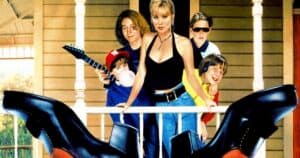
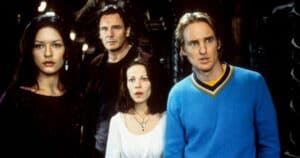

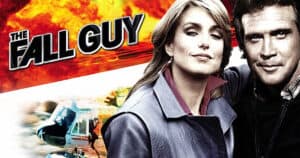
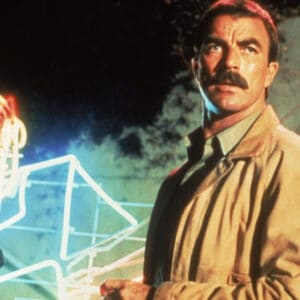
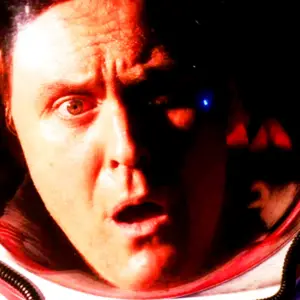

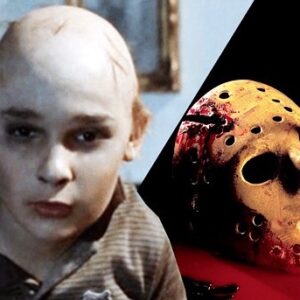

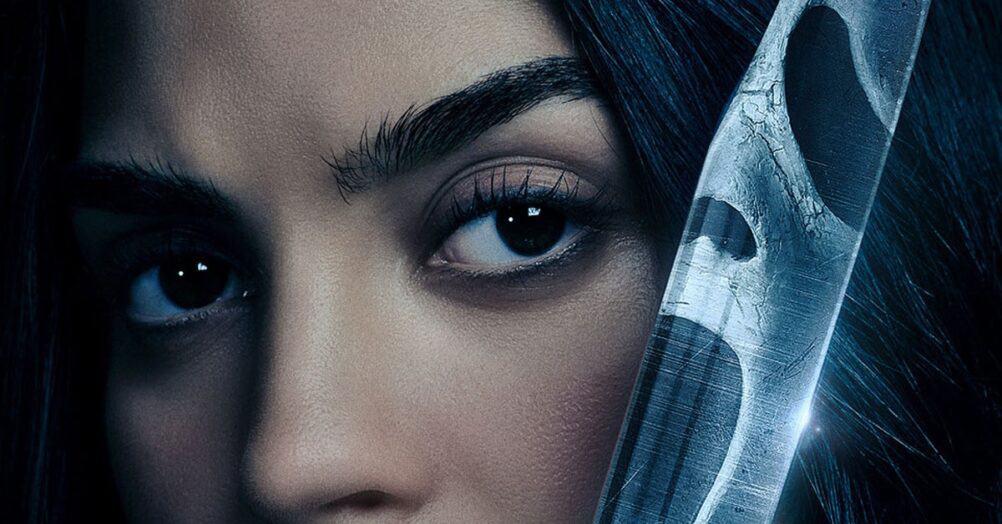
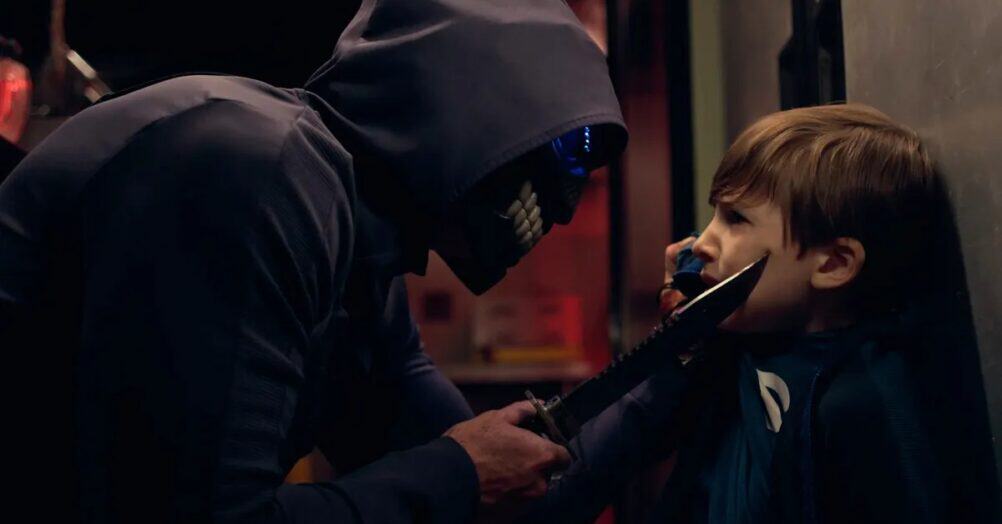
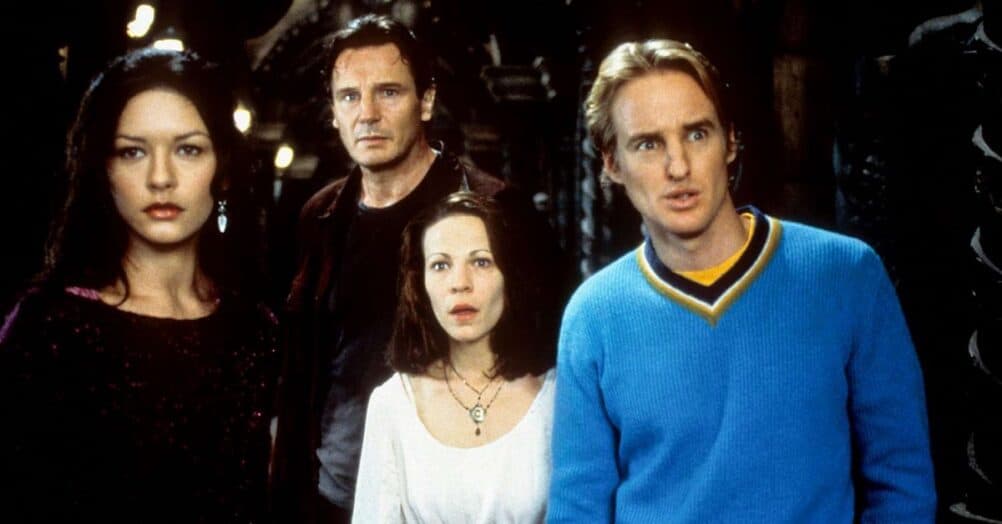
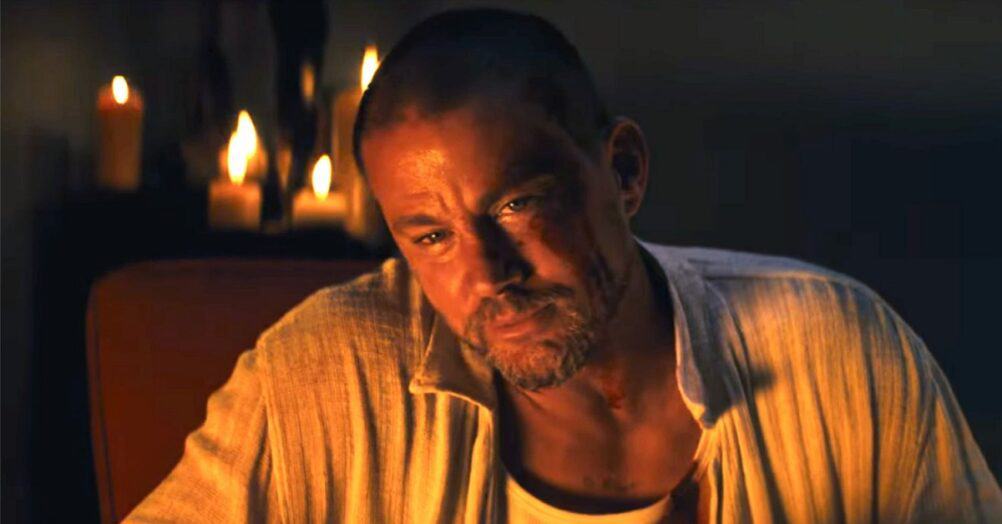
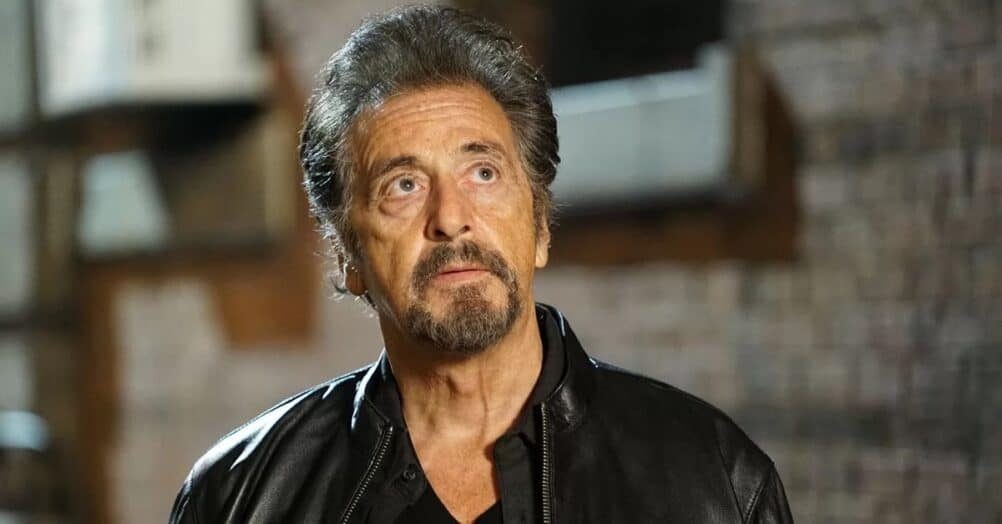
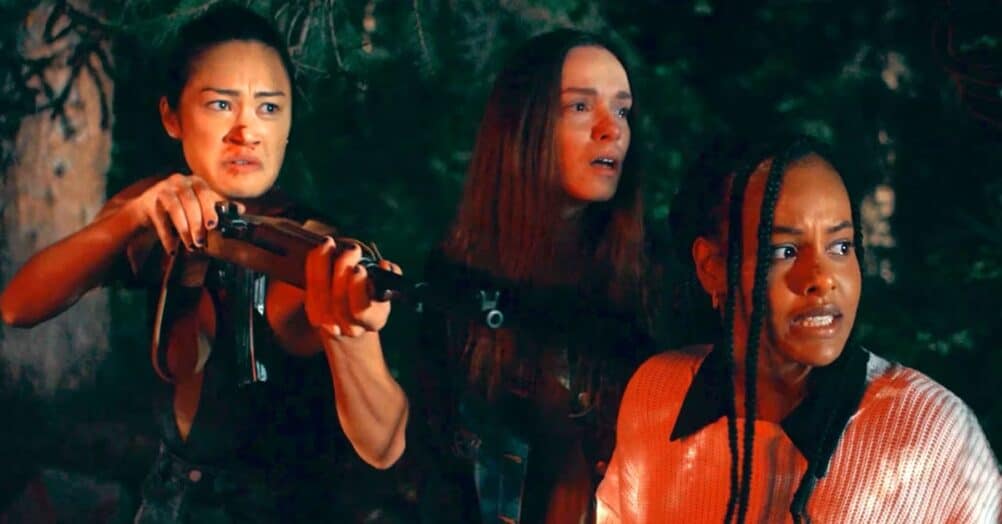
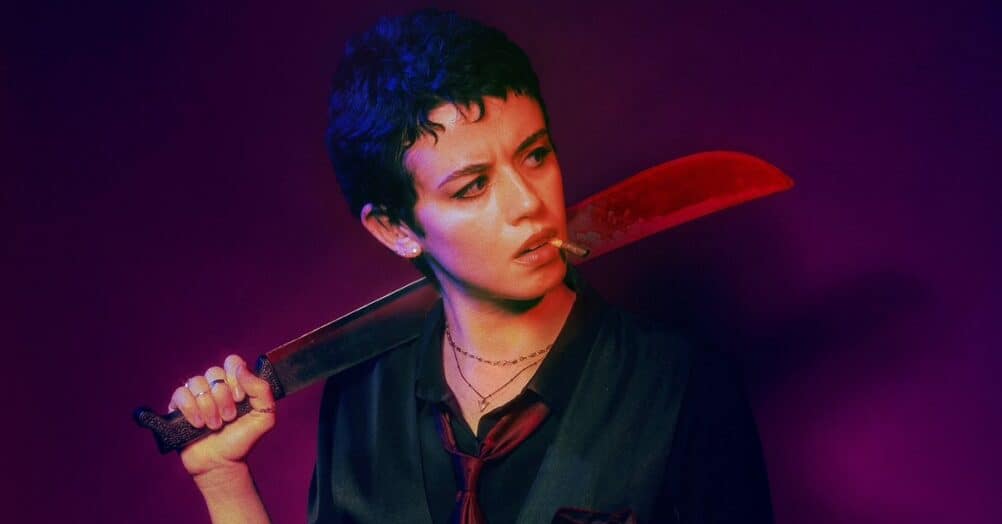
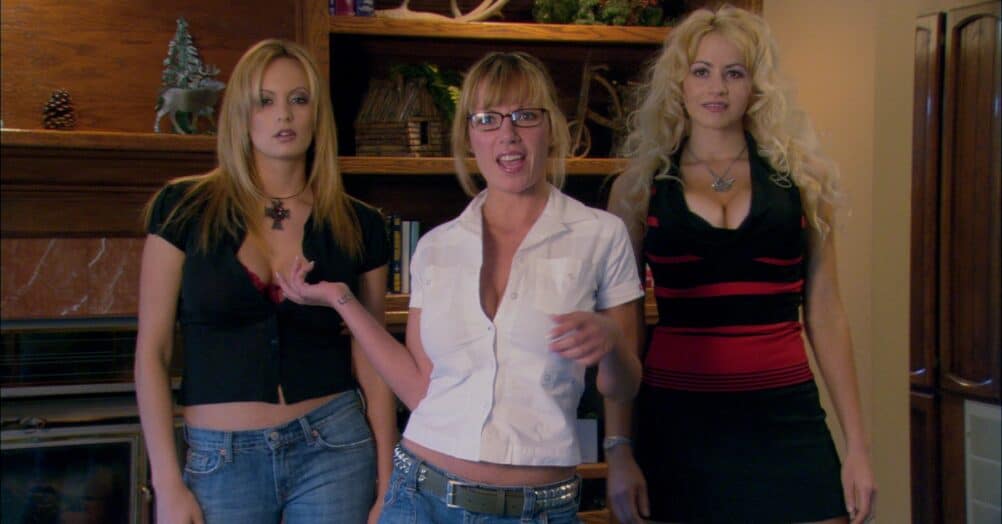
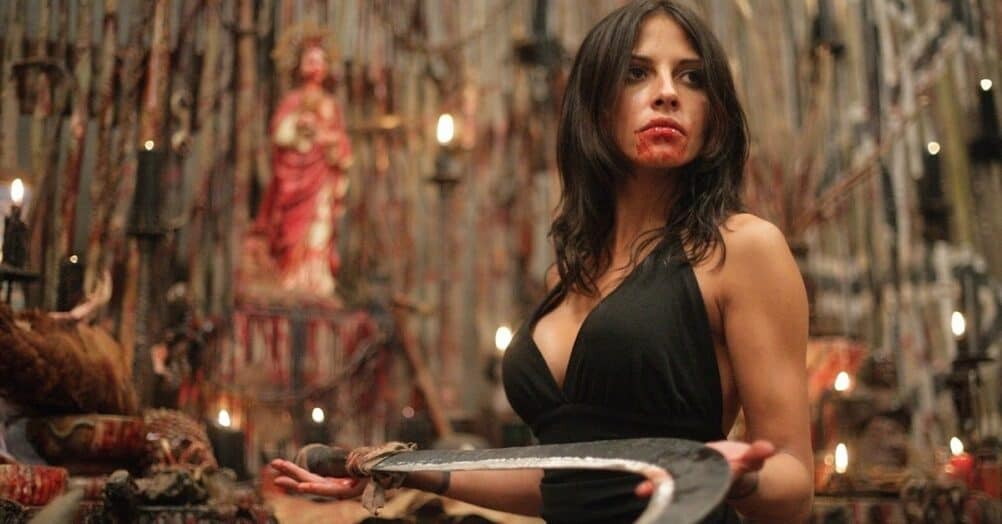
Follow the JOBLO MOVIE NETWORK
Follow us on YOUTUBE
Follow ARROW IN THE HEAD
Follow AITH on YOUTUBE